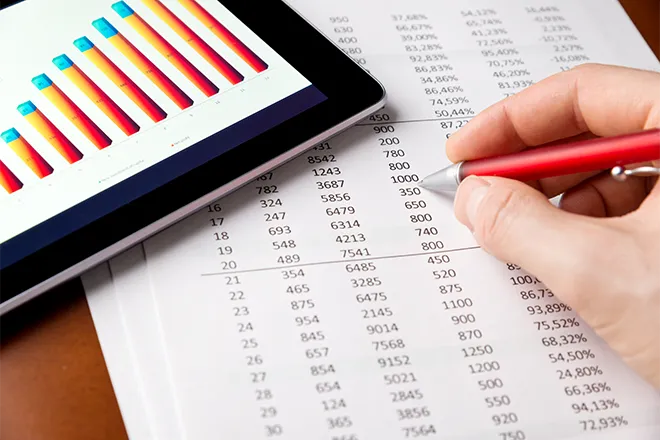
Jobs are up! Wages are up! So why am I as an economist so gloomy?

Edouard Wemy, Clark University
In any other time, the jobs news that came down on Dec. 2, 2022, would be reason for cheer.
The U.S. added 263,000 nonfarm jobs in November, leaving the unemployment rate at a low 3.7%. Moreover, wages are up – with average hourly pay jumping 5.1% compared with a year earlier.
So why am I not celebrating? Oh, yes: inflation.
The rosy employment figures come despite repeated efforts by the Federal Reserve to tame the job market and the wider economy in general in its fight against the worst inflation in decades. The Fed has now increased the base interest rate six times in 2022, going from a historic low of about zero to a range of 3.75% to 4% today. Another hike is expected on Dec. 13. Yet inflation remains stubbornly high, and currently sits at an annual rate of 7.7%.
The economic rationale behind hiking rates is that it increases the cost of doing business for companies. This in turn acts as brake on the economy, which should cool inflation.
But that doesn’t appear to be happening. A closer dive into November’s jobs report reveals why.
It shows that the labor force participation rate – how many working-age Americans have a job or are seeking one – is stuck at just over 62.1%. As the report notes, that figure is “little changed” in November and has shown “little net change since early this year.” In fact, it is down 1.3 percentage points from pre-COVID-19 pandemic levels.
This suggests that the heating up of the labor market is being driven by supply-side issues. That is, there aren’t enough people to fill the jobs being advertised.
Companies still want to hire – as the above-expected job gains indicate. But with fewer people actively looking for work in the U.S., companies are having to go the extra yard to be attractive to job seekers. And that means offering higher wages. And higher wages – they were up 5.1% in November from a year earlier – contribute to spiraling inflation.
This puts the Fed in a very difficult position. Simply put, there is not an awful lot it can do about supply-side issues in the labor market. The main monetary tool it has to affect jobs is rate hikes, which make it more costly to do business, which should have an impact on hiring. But that only affects the demand side – that is, employers and recruitment policies.
So where does this leave the possibility of further rate hikes? Viewing this as an economist, it suggests that the Fed might be eyeing a base rate jump of more than 75 basis points on Dec. 13, rather than a softening of its policies as Chair Jerome Powell had suggested as recently as Nov. 30. Yes, this still would not ease the labor supply problem that is encouraging wage growth, but it might serve to cool the wider economy nonetheless.
The problem is, this would increase the chances of also pushing the U.S. economy into a recession – and it could be a pretty nasty recession.
Wage growth still trails behind inflation, and for one reason or another people have been opting out of the labor market. The logical assumption to make is that to make up for both these factors, American families have been dipping into their savings.
Statistics back this up. The personal saving rate – that is, the chunk of income left after paying taxes and spending money – has fallen steeply, down to 2.3% in December from 9.3% before the pandemic. In fact, it is at its lowest rate since 2005.
So, yes, employment is robust. But the money being earned is eroded by soaring inflation. Meanwhile, the safety net of savings that families might need is getting smaller.
In short, people are not prepared for the recession that might be lurking around the corner.
And this is why I am gloomy.![]()
Edouard Wemy, Assistant Professor of Economics, Clark University
This article is republished from The Conversation under a Creative Commons license. Read the original article.

















